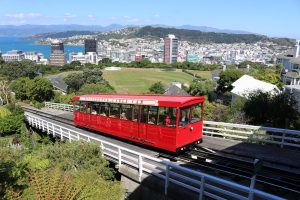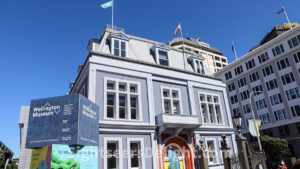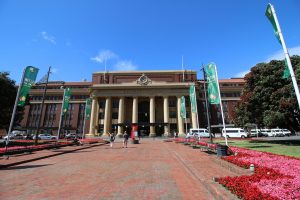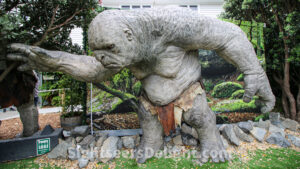Since it opened in 1902, the Wellington Cable Car has been a symbol of the city. The roughly 2,000-foot-long cable car rises 394 feet above Windy Wellington, taking riders from the heart of New Zealand’s capital city to the Kelburn neighborhood. The cable car, which moves at a constant rate of nearly 18 percent, opened to encourage new residents to move into Kelburn, which was a new neighborhood at the time. By the 1960s and 1970s, there were concerns about the safety of the funicular. But, the cable car was rehabilitated and returned to its former glory. At the top, be sure to visit the Cable Car Museum to learn more about its history.
For anyone interested in learning more about the history of Wellington, the Wellington Museum is an absolute must. The centerpiece of the museum is the building itself. The museum is located in the Bond Store, which sits in the heart of Wellington’s waterfront district. Leading architect Frederick de Jersey Clere designed the 1892 heritage building. The museum features a mix of stories about the community of Wellington and maritime history, including information about the 1968 Wahine disaster, a deadly ferry disaster that claimed the lives of 53 passengers.
Wellington railway station is the main railway station serving Wellington, New Zealand, and is the southern terminus of the North Island Main Trunk, Wairarapa Line and Johnsonville Line. The station opened in June 1937, replacing the previous Wellington termini, Lambton and Thorndon.
Weta Workshop was founded in 1987 and develops special effects for movies and television shows. It formed a digital division, Weta Digital, in 1993. The studio is perhaps best known for its work with Kiwi director Peter Jackson’s The Lord of the Rings films. The company is named for the weta, one of the world’s largest insects. Today, visitors can tour the studio to learn more about the process and see sets in use for various productions.




